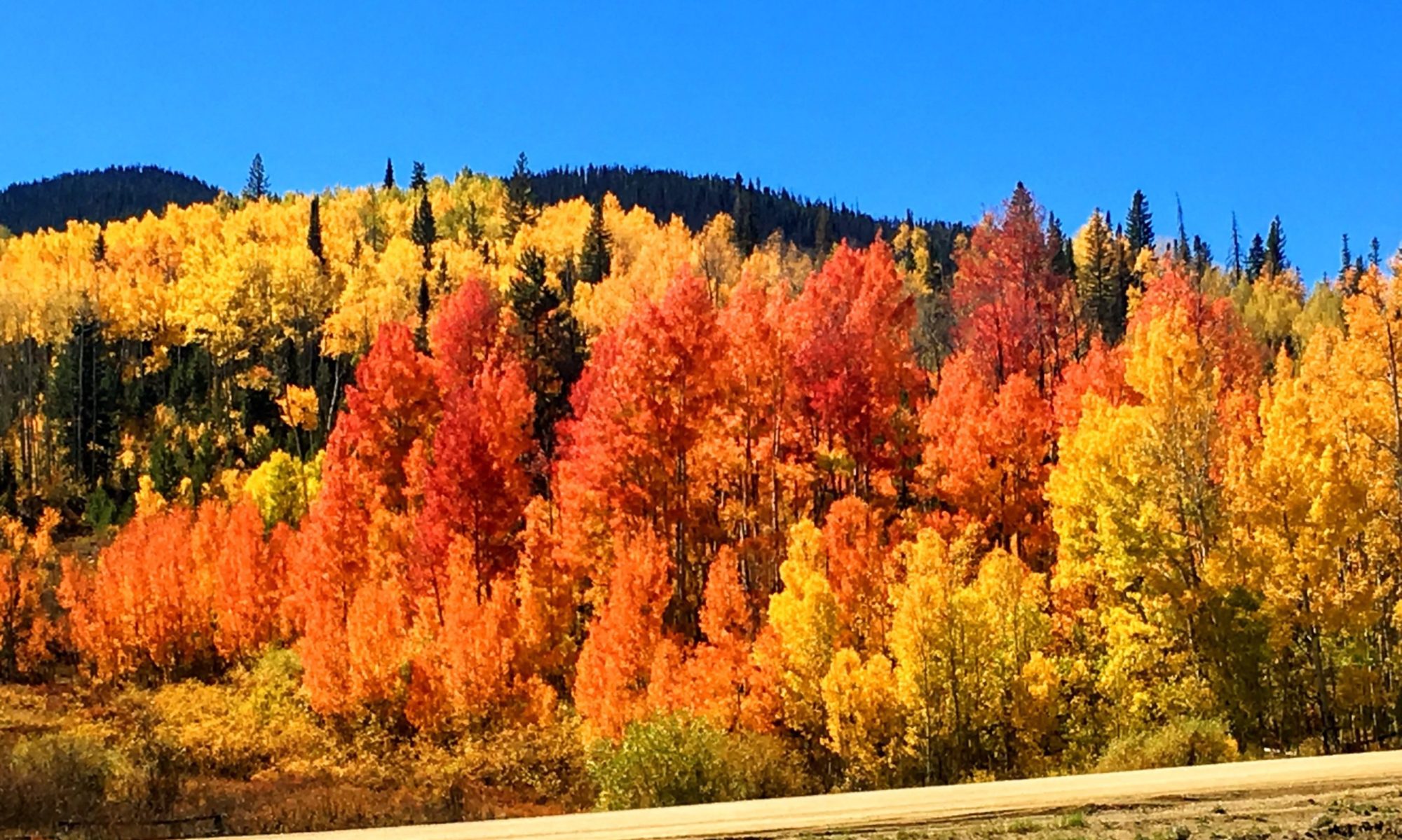Aspen, Colorado is a picturesque mountain town with a rich history and a vibrant cultural scene. One of the ways that history is reflected in the town is through the names of its streets, many of which are named after the pioneering men and women who helped shape the town’s history. In this article, we’ll take a look at some of the most well-known streets in Aspen and the stories behind their names.
First up is Main Street, which is the town’s central thoroughfare and the hub of activity in Aspen. The street gets its name from the fact that it was the main road leading into the town during the days of the silver mining boom in the late 19th century. This was the street where miners, prospectors, and other workers would arrive and depart from, carrying with them the stories of their daily lives.
Next, is the Cooper Avenue. Cooper Avenue is named after Jerome B. Cooper, one of the town’s early pioneers and a prominent businessman who helped develop the silver mines in the surrounding mountains. Cooper was a New York businessman who had made his fortune in the retail industry before coming to Aspen in the late 1800s. He is remembered today for his contributions to the development of the town’s economy and infrastructure.
Another Street is the Hyman Avenue which is named after David Hyman, another one of Aspen’s early pioneers who was heavily involved in the silver mining industry. Hyman was a businessman and investor who had a vision for the future of the town, and worked to help promote the development of its mines and infrastructure.
Another street is the Hunter Street which is named after William Hunter, a businessman who was one of the first settlers in the Aspen area. Hunter was an early prospector who helped establish the first mining claims in the area and played a key role in the development of the town’s economy.
Lastly, there’s the Paepcke Street, this street is named after Walter Paepcke, who was one of the most prominent figures in Aspen’s history. Paepcke was a businessman and philanthropist who had a vision for the future of the town and worked to promote the development of its economy and infrastructure, and helped establish Aspen as the cultural and recreational destination it is today. He along with his wife established the Aspen Institute, Aspen Music Festival, and the Aspen Center for Physics which helped attract visitors and scholars from around the world.
These are just a few examples of the many streets in Aspen that are named after the pioneering men and women who helped shape the town’s history. As you walk down the streets of Aspen, take a moment to reflect on the stories behind the names and the contributions that these men and women made to the town. Their legacy is still felt today, and their names serve as a reminder of the rich history and culture of this mountain community.
